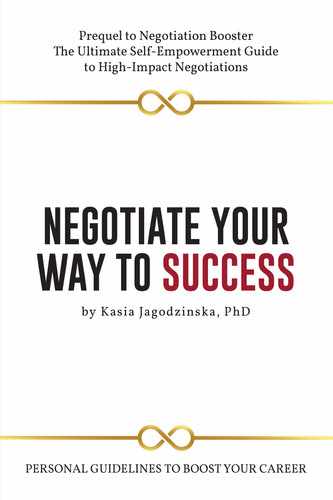Life Is a Journey (Aka the Airplane Test)
YOU might be familiar with the informal candidate selection tool referred to as the airplane test. The logic of this assessment is straightforward: would you like to spend several hours with this person as your co-passenger on a flight, and would you feel comfortable having them as the representative of your company? The test adds the aspect of likeability to the standard package that consists of job qualifications, KSAs (knowledge, skills, and abilities), and WRCs (work-related characteristics). It broadens the selection criteria by the human factor. Do you need any more proof that business is personal?
In some aspects, the airplane test is similar to the elevator pitch—a condensed synopsis of who you are, what you do, and what you are looking to do. The latter should be short and sweet. Its aim is to present yourself and your business experience in a compelling and memorable manner. As the name itself suggests, your auto-presentation should not take longer than an elevator ride would (the concept came to life in a skyscraper type of environment). The two often go hand-in-hand, sometimes in the literal sense. You never know when you might be making an elevator pitch during a flight …
Have you ever switched jobs on a plane? I have, although it took me several years to realize it. During my dual professional life split between the workweek in Paris, France and weekend lectures in Poland, the two airports became my second home. I knew some of the flight attendants who were operating the standard Friday-Sunday flights by name. The crew members and I exchanged local gossip and goodies from both destinations. On my lucky days, they treated me to a courtesy upgrade. I was welcomed on board in a manner that caught the attention of the other passengers. Some even thought that I was famous. Illusory fame is sufficient to attract more people. During that exotic travel schedule, I made at least as many business connections as air miles. One turned out to be life-altering.
My plans for the travel time were always ambitious. On the way to the lectures, I would have a stack of student papers to review. Coming back, I usually had a few presentations that needed to be perfected for the upcoming week. Seldom did I get a chance to realize my plans and finalize all my work on the plane. What usually happened was that the person sitting next to me and I would strike up a conversation. It was then that I learned that deadlines and tasks are negatively correlated—the less time you have, the more tasks you can efficiently condense in a limited timeframe. If you want something done, give it to a busy person.
I distinctively remember one such arm-to-arm flight conversation. The person who was sitting next to me was a retired professor from Switzerland. He was flying from Paris to visit his relatives in Poland over the weekend. It turned out that we were born in the same city and that we were both academics. The similarity principle is one of the fundamental ones in negotiation and beyond. Despite the age gap, we found many similarities between us. Somewhere above the clouds, a thread of understanding was created. This bond grew stronger over the years during which we kept in touch on a pen-pal basis.
It was not until several years after that memorable flight that I realized that I had successfully completed the airplane test. As time passed, my business activities expanded, and I was working out of Paris all over Europe. The lifestyle of constant travel was starting to weigh heavy on me. I needed a change. It came in the form of an offer from the professor to establish an inter-institutional cooperation between our universities. The activities would be managed from an academic unit in Switzerland. For me, this was a chance to settle down in one place where I could bridge my business practice with academic acumen. Another big move, this time to the land of chocolate, cheese, and watches, was on the horizon.
The airplane test knows neither the day nor the hour. Its greatest advantage is that it is based on authenticity, both in real life and in the interview process. You cannot anticipate who you will meet and how that random encounter might change the course of your life. Keep your eyes open for new opportunities. You might make the outcome of the journey more interesting if you elevate your standards. Chances are that others will perceive and treat you accordingly. An upgrade, in whichever form you find fit, is an investment in your image, network pool, and future opportunities.
Guideline 21—Key Takeaways |
|
1. |
Increase your likeability factor. |
2. |
Have your elevator pitch ready—who you are, what you do, and what you are looking to do. |
3. |
Travel light—free of negative emotional baggage. |
4. |
Be open to networking opportunities wherever life takes you. |
5. |
|
